Consecutive record heat waves have made it imperative for urban planners in India to map and prevent exposure to heat stress in the country.
Effects from warming temperatures are particularly harmful in India’s highly populated cities, where preparation of urban heat maps and heat risk assessment in building regulations are essential to tackle urban heat islands.
The National Institute of Urban Affairs (NIUA) and its partners for India Cooling Program, UNEnvironment Programme, and the Ministry of Foreign Affairs of Denmark, organised a workshop in New Delhi with experts from the University of Oxford, UNEP, CEPT Research & Development Foundation, the India Meteorological Department and the Indian Space Research Organisation to discuss a standard methodology for heat mapping in Indian cities.
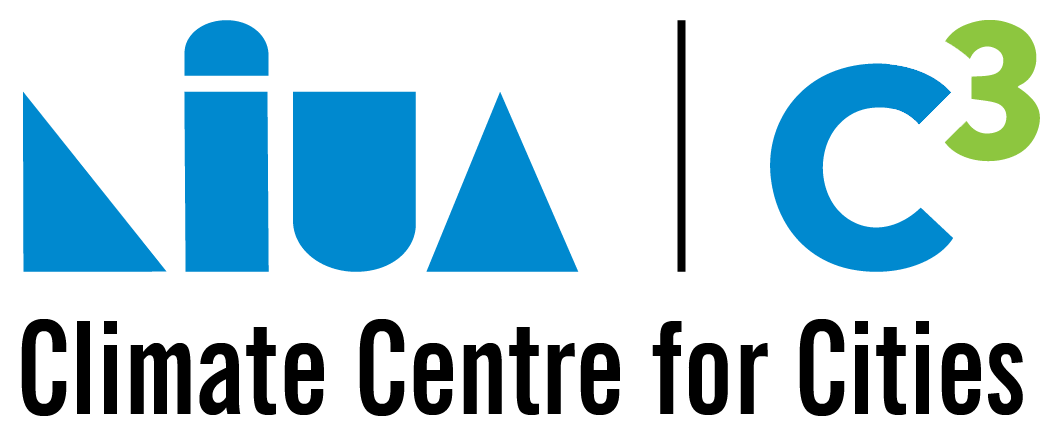
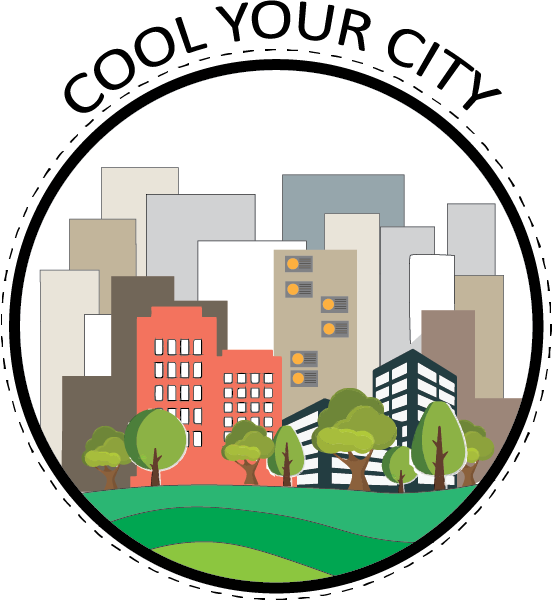
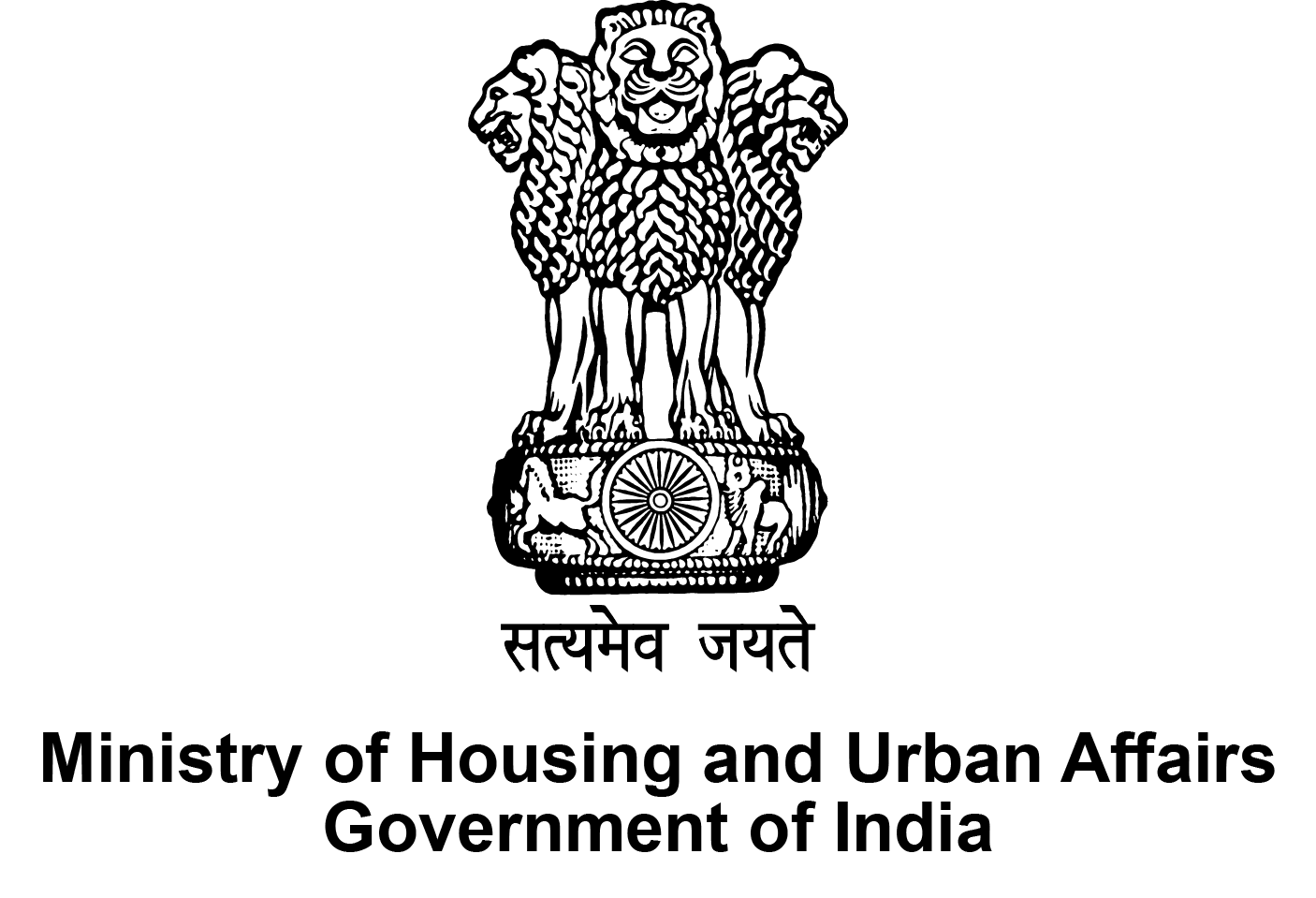





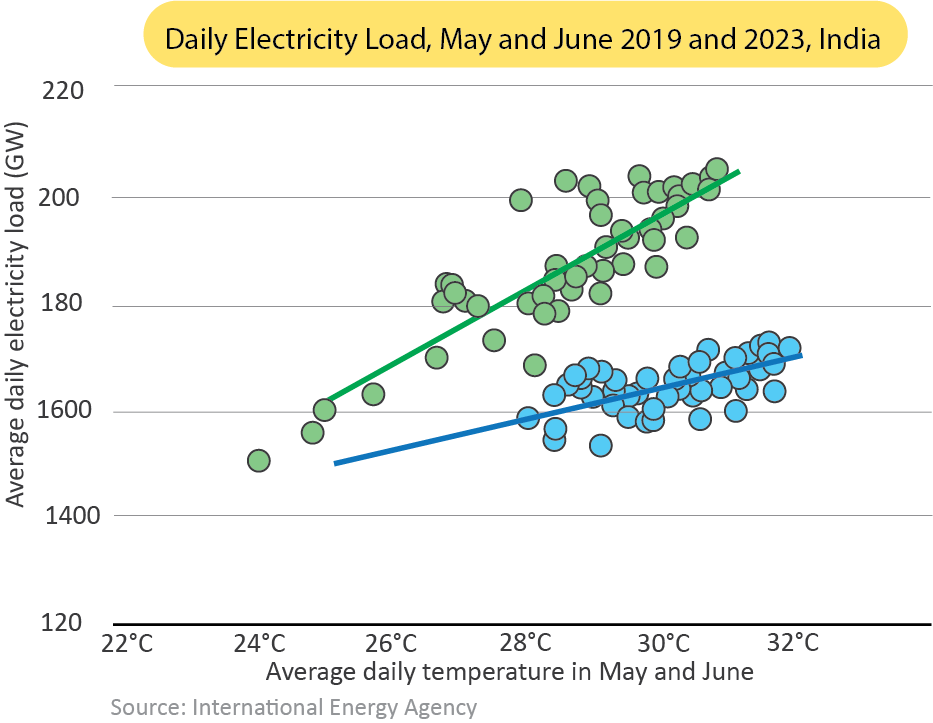
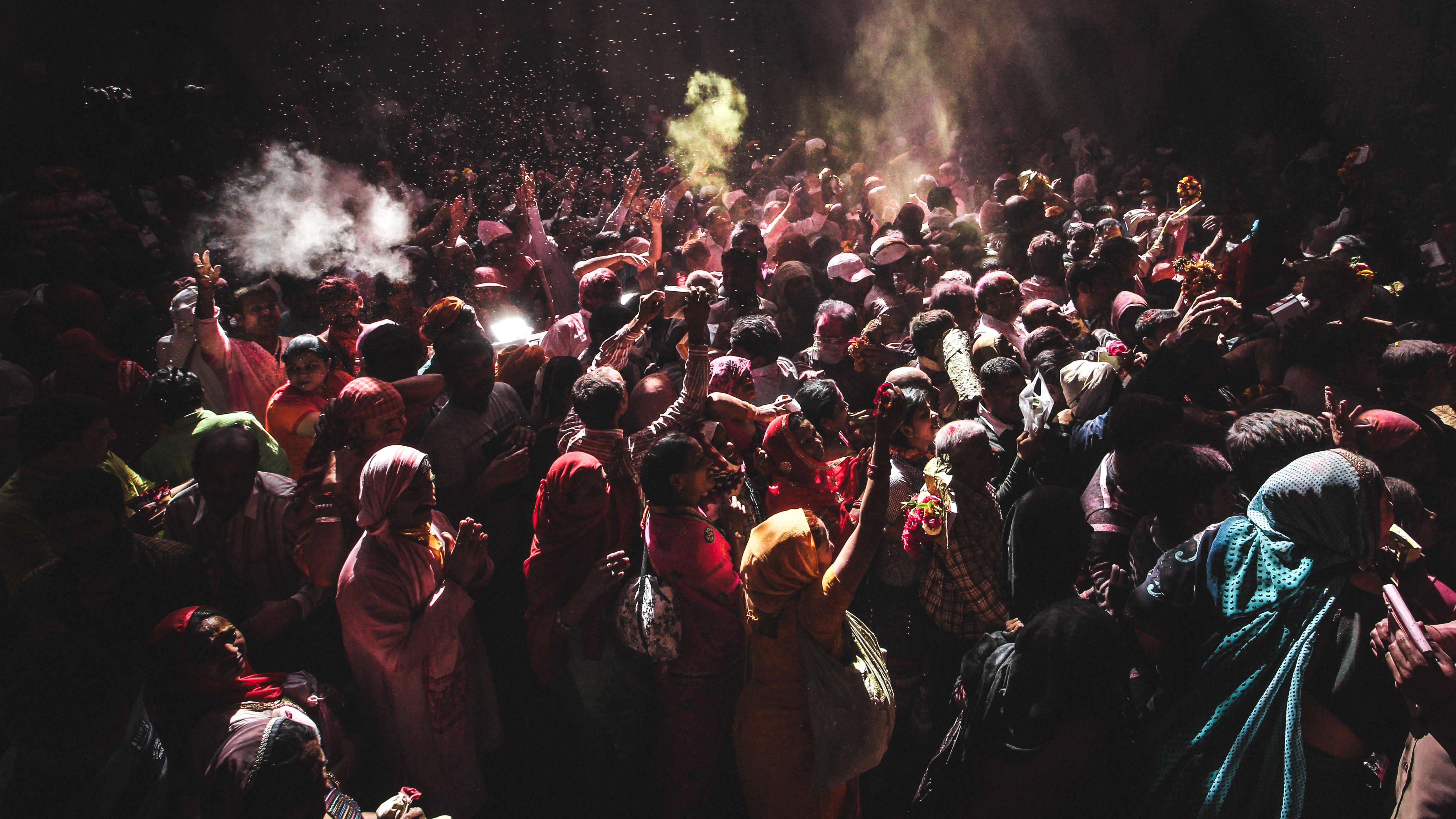

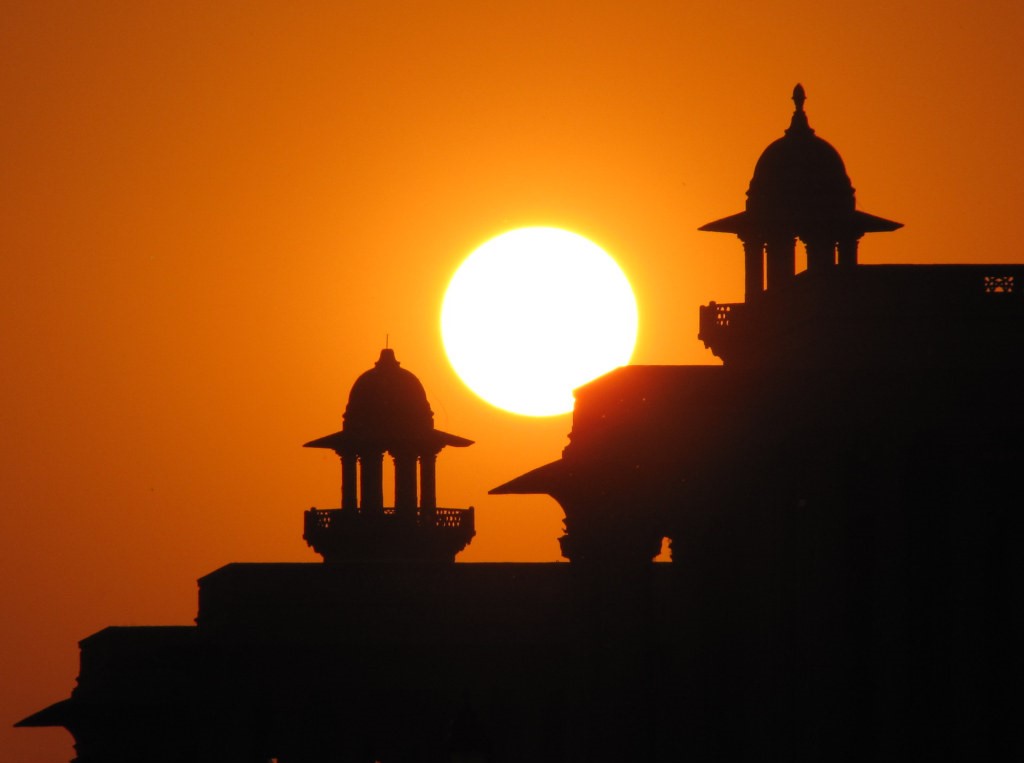
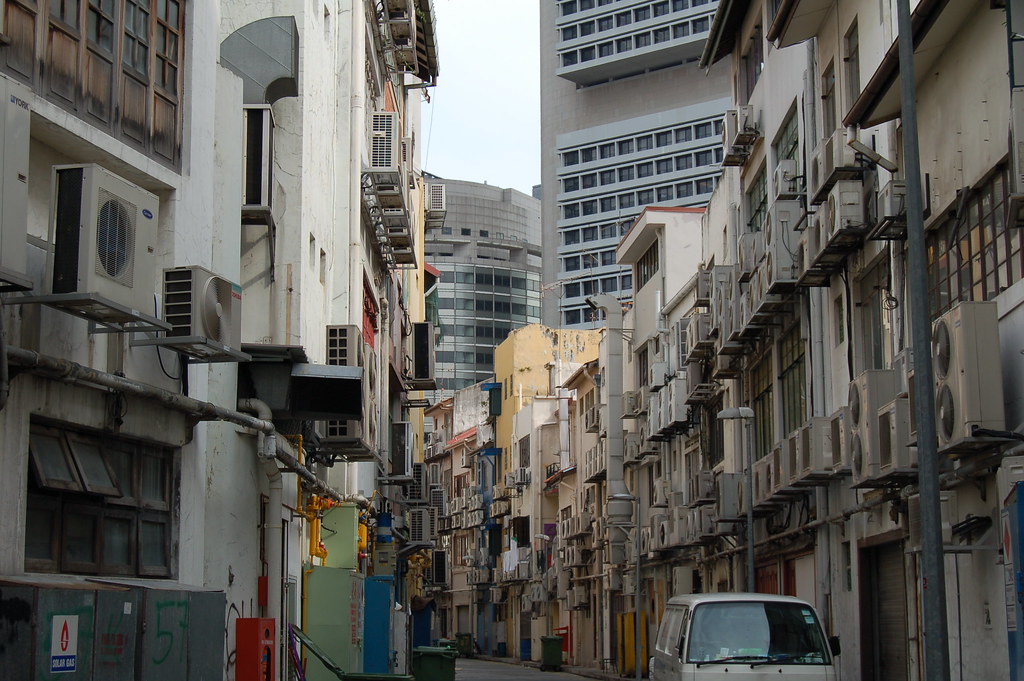


.jpg)

